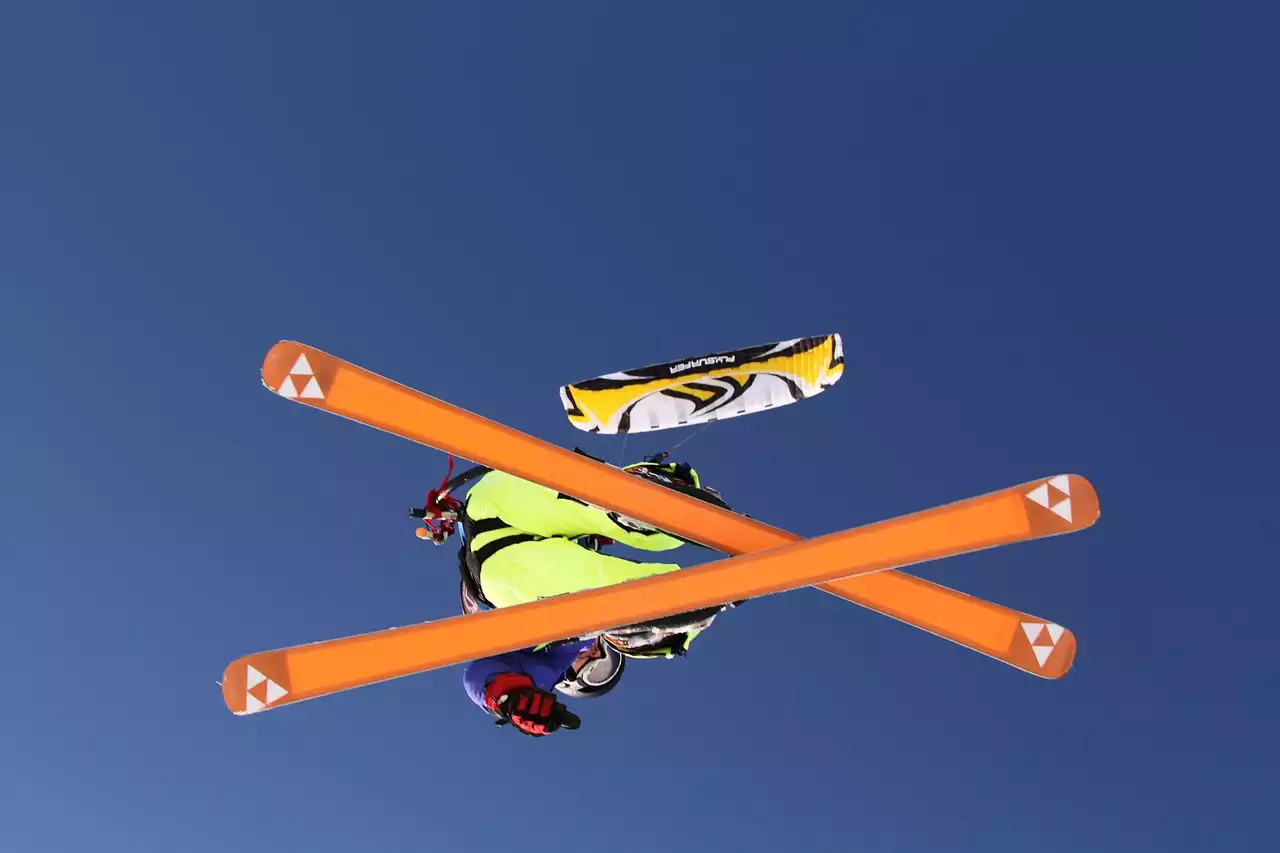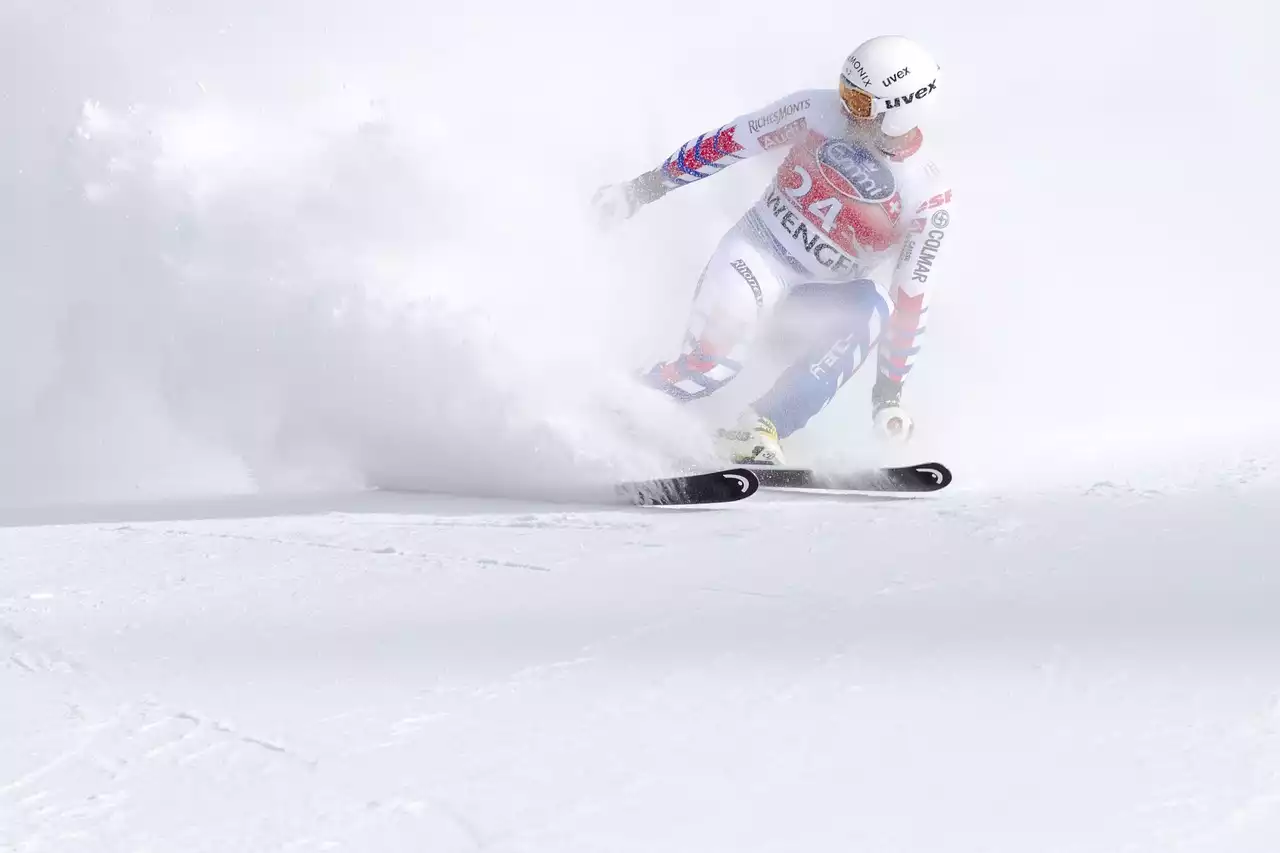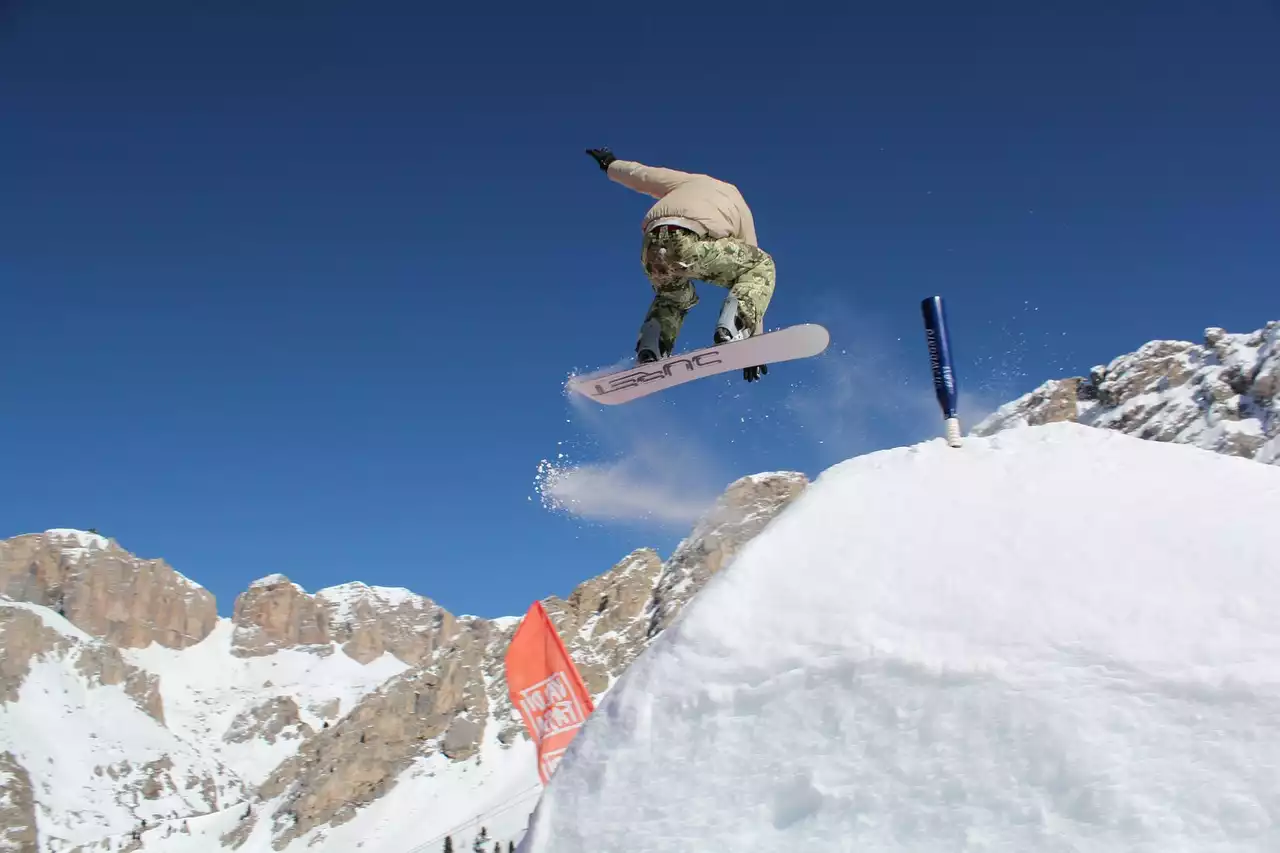What are Aerials and Ski Cross?
Aerials and ski cross are two winter sports that are known for their high degree of difficulty and heart-pumping action. Aerials involve launching yourself off a ramp and performing acrobatic maneuvers in the air, while ski cross is a high-speed race down a course with jumps, turns, and obstacles.
Aerials is often considered the more technically demanding of the two sports, as it requires a combination of strength, agility, and precision. Competitors launch themselves off a ramp and perform a series of flips, twists, and turns before landing on a steep slope. The judges score the athletes based on the difficulty and execution of their maneuvers.
Ski cross, on the other hand, is a high-speed race down a course that includes jumps, turns, and obstacles. Competitors race against each other, with the first one to cross the finish line being declared the winner. Ski cross requires a combination of speed, agility, and strategy, as competitors must navigate the course while jostling for position with their opponents.
The History of Aerials and Ski Cross
Aerials and ski cross both have relatively short histories compared to other winter sports. Aerials was first introduced as an official Olympic sport in 1994, while ski cross was added to the Olympic program in 2010.
Aerials has its roots in freestyle skiing, which emerged in the 1960s and 70s as a rebellion against the rigid rules of traditional skiing. Freestyle skiing allowed athletes to express themselves creatively and perform acrobatic maneuvers on the slopes. Aerials became an official part of freestyle skiing in the 1980s, and has since become one of the most popular events in the sport.
Ski cross, on the other hand, emerged in the early 2000s as a response to the growing popularity of snowboard cross. The first ski cross competition was held in 2003, and the sport quickly gained a following among freestyle skiers and snowboarders. Ski cross was added to the Olympic program in 2010, and has since become one of the most exciting events in the Winter Games.
The Equipment Used in Aerials and Ski Cross
Aerials and ski cross require specialized equipment that is designed to optimize performance and safety.
In aerials, athletes wear skis that are shorter and wider than traditional skis, which allows them to perform acrobatic maneuvers more easily. They also wear specially designed ski boots that provide extra support and stability. The most important piece of equipment in aerials, however, is the helmet, which is essential for protecting the head and neck during high-speed crashes.
In ski cross, athletes wear longer skis that are designed for speed and stability. They also wear specially designed ski boots that provide extra support and control. The most important piece of equipment in ski cross, however, is the ski helmet, which is essential for protecting the head during high-speed crashes.
The Risks and Safety Measures in Aerials and Ski Cross
Aerials and ski cross are both high-risk sports that require a significant amount of skill and experience. Competitors are constantly pushing themselves to the limit, which can result in serious injuries if something goes wrong.
To minimize the risks involved in aerials and ski cross, athletes and organizers take a number of safety measures. Helmets are mandatory in both sports, and athletes are required to wear other protective gear such as back pads and knee pads. The courses themselves are also designed to minimize the risk of injury, with safety nets and other barriers in place to prevent athletes from crashing into hard objects.
Despite these safety measures, however, injuries are still a common occurrence in aerials and ski cross. Competitors must be prepared to deal with the physical demands of the sports and the potential for injury that comes with them.
The Physical Demands of Aerials and Ski Cross
Aerials and ski cross are both incredibly physically demanding sports that require a high degree of fitness and athleticism.
In aerials, athletes must have a strong core and upper body strength in order to perform the acrobatic maneuvers required. They must also have good balance and coordination, as well as a high level of flexibility. Aerials require a lot of practice and training, as athletes must be able to perform their maneuvers with precision and accuracy.
In ski cross, athletes must have a combination of speed, agility, and endurance. They must be able to navigate the course while maintaining a high level of speed and control and must be prepared to deal with the bumps and obstacles that come with the territory. Ski cross also requires a lot of strategies, as athletes must be able to make split-second decisions in order to gain an advantage over their opponents.
Famous Athletes in Aerials and Ski Cross
Aerials and ski cross have produced some of the most exciting and talented athletes in the world of winter sports.
In aerials, one of the most famous athletes is Lydia Lassila of Australia, who won a gold medal in the event at the 2010 Winter Olympics in Vancouver. Lassila is known for her innovative and daring maneuvers and has become a legend in the sport.
In ski cross, one of the most famous athletes is Marielle Thompson of Canada, who won a gold medal in the event at the 2014 Winter Olympics in Sochi. Thompson is known for her speed and agility and has become a dominant force in the sport.
The Olympic Games and Aerials and Ski Cross
Aerials and ski cross are both official Olympic sports and are among the most exciting events in the Winter Games.
Aerials has been a part of the Olympic program since 1994, and has produced some of the most memorable moments in Winter Games history. The event is known for its high-flying acrobatics and daring maneuvers and always draws a large crowd of spectators.
Ski cross, on the other hand, was added to the Olympic program in 2010, and has quickly become one of the most popular events in the Winter Games. The event is known for its high-speed action and competitive intensity and always produces a thrilling finish.
Tips for Beginners in Aerials and Ski Cross
If you're interested in trying out aerials or ski cross, there are a few things you should keep in mind.
First and foremost, it's important to start slow and work your way up. Aerials and ski cross are both very demanding sports that require a lot of practice and training, so it's important to take your time and build up your skills gradually.
Secondly, it's important to focus on your technique and form. In aerials, for example, it's essential to maintain a tight tuck position in order to maximize your speed and control. In ski cross, it's important to maintain a low center of gravity and keep your hands in a ready position.
Finally, it's important to stay safe and wear the proper equipment. Helmets are mandatory in both sports, and athletes should also wear other protective gear such as knee pads and back pads.
The Future of Aerials and Ski Cross
The future of aerials and ski cross looks bright, as both sports continue to grow in popularity and attract new fans and athletes.
In aerials, there is a growing emphasis on innovation and creativity, with athletes constantly pushing the boundaries of what is possible. There is also a greater focus on safety, with organizers taking steps to minimize the risk of injury.
In ski cross, there is a growing interest in making the sport more accessible to a wider range of athletes. There is also a greater emphasis on sustainability and environmental responsibility, with organizers taking steps to reduce the carbon footprint of the events.
Overall, the future of aerials and ski cross looks bright, as these heart-pumping sports continue to captivate audiences around the world. Whether you're a seasoned pro or a beginner looking to try something new, aerials and ski cross offer a unique and thrilling experience that can't be found in any other winter sport. So grab your skis or snowboard, strap on your helmet, and get ready to fly high.










.png?size=50)